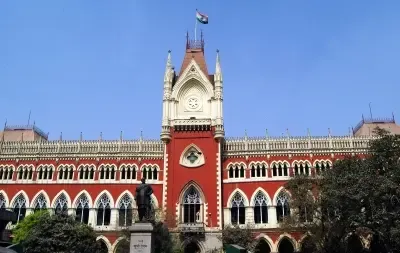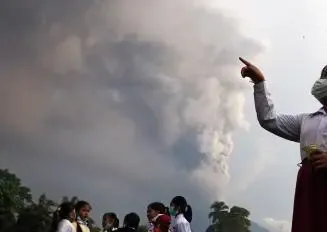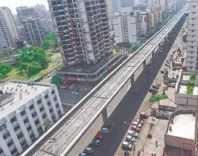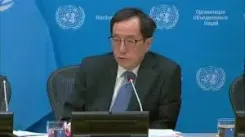Why Does Delhi-NCR Air Quality Remain ‘Very Poor’ Amid Health Concerns?
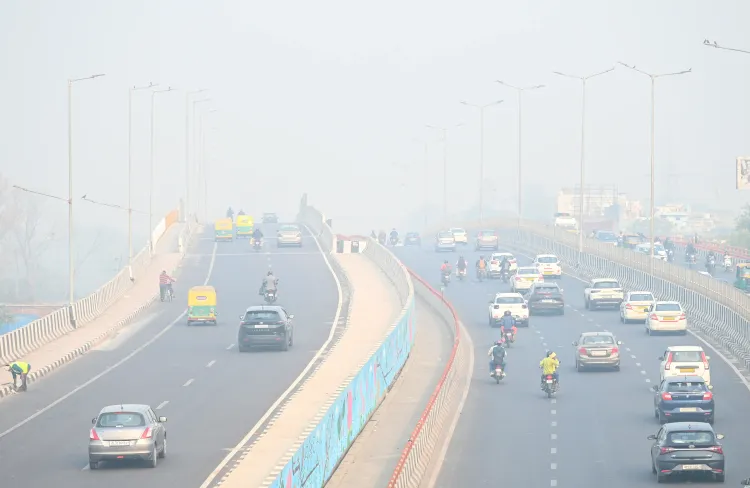
Synopsis
Key Takeaways
- Delhi's air quality is classified as 'very poor'.
- AQI levels reached as high as 456 in surrounding areas.
- Health issues related to air quality are on the rise.
- Stage-III measures are in effect to combat pollution.
- Public awareness and action are crucial to address this crisis.
New Delhi, Nov 25 (NationPress) A persistent layer of pollution continues to envelop Delhi and its surrounding cities, with air quality firmly categorized as ‘very poor’, leading to growing health concerns among the populace.
At 7:30 a.m. on Tuesday, the Air Quality Index (AQI) recorded a staggering 435 in Delhi, as per the air quality monitoring platform aqi.in.
Levels of particulate matter in the capital remain alarmingly elevated. The concentration of PM 2.5 was noted at 294 μg/m³ at 7 a.m., while PM 10 hit 396 μg/m³. In contrast, the World Health Organisation (WHO) recommends a 24-hour exposure limit of 15 μg/m³ for PM 2.5 and 45 μg/m³ for PM 10, underscoring the gravity of the current pollution crisis.
The situation in other NCR cities is equally troubling. Noida and Greater Noida reported AQI levels of 456 and 455, respectively, at 7:34 a.m., while Ghaziabad noted 454. In Haryana, Faridabad recorded 444, and Gurugram stood at 404, indicating that the poor air quality is a regional issue.
The deteriorating air pollution is manifesting in significant health problems for residents of Delhi, including watery eyes, asthma symptoms, itchy skin, and throat irritation.
Extended exposure may result in more serious conditions, such as persistent coughing, chest tightness, wheezing, and shortness of breath.
In response to this alarming situation, the Commission for Air Quality Management (CAQM) has enacted the Graded Response Action Plan (GRAP) Stage-III, which applies when the AQI ranges from 401 to 450 or is expected to enter this range. Stage-III measures encompass restrictions on construction activities, intensified monitoring of industrial emissions, and traffic management strategies designed to mitigate pollution levels.
Authorities are closely observing the situation and urge residents—especially the elderly, children, and those with pre-existing respiratory conditions—to limit outdoor activities and adopt precautionary measures until air quality shows signs of improvement.
Concerns are also rising regarding the potential effects of the volcanic ash plume from Ethiopia, which recently drifted across the Arabian Sea into northern India; however, its precise impact on Delhi’s air quality remains uncertain.



